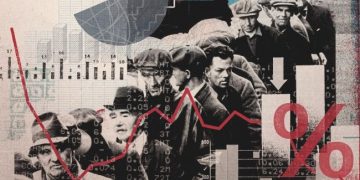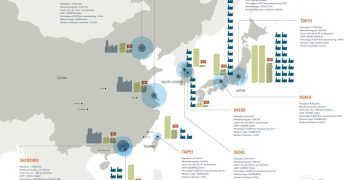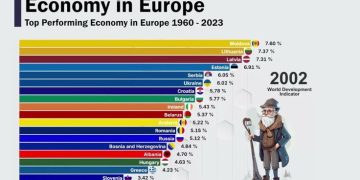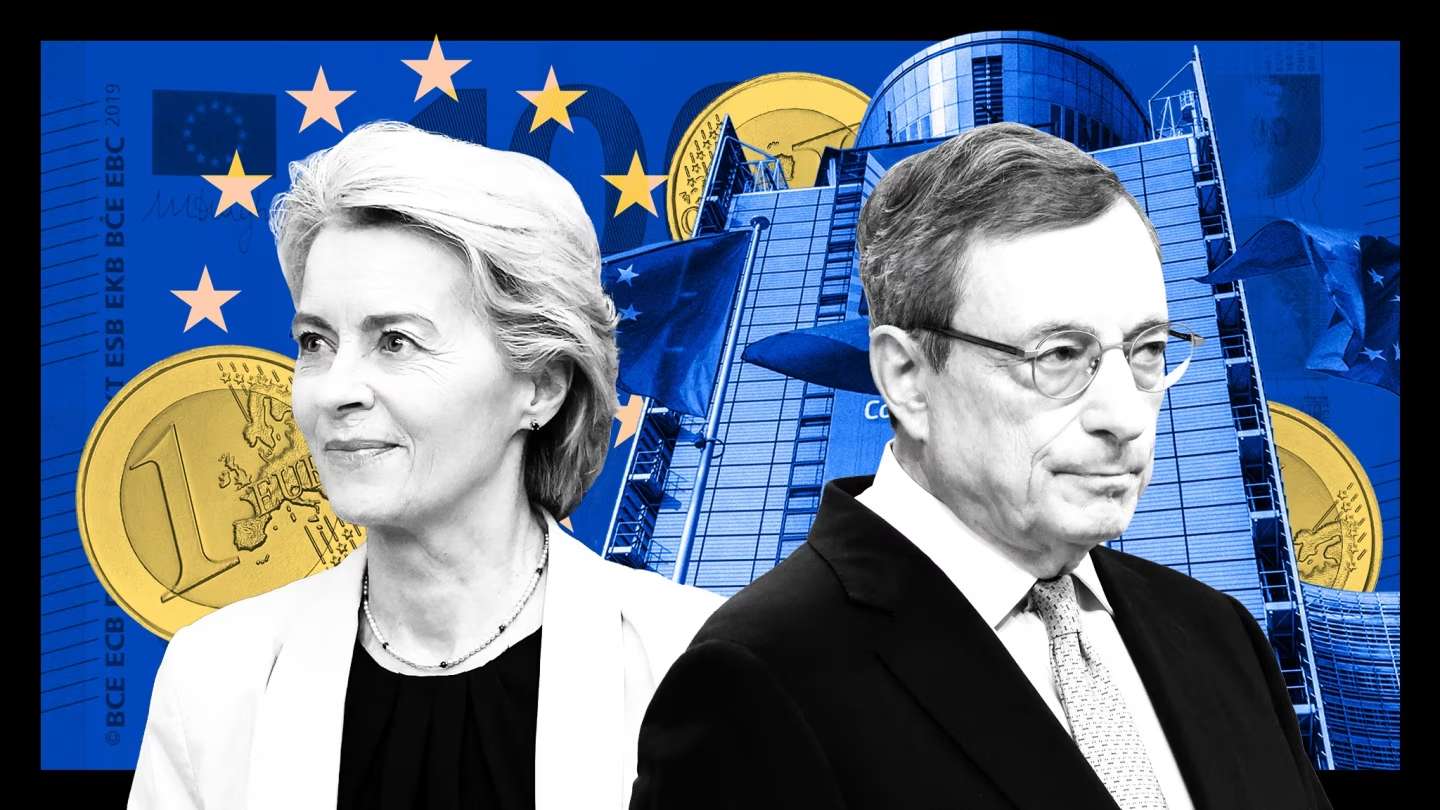Introduction
The European Central Bank (ECB) has recently delivered its clearest signal yet: the era of quantitative easing (QE) in the eurozone is drawing to a close. After more than a decade of extraordinary monetary support, the ECB is preparing to shift decisively away from asset purchases, citing persistent inflationary pressures, rising fiscal risks, and the need to normalize its balance sheet. This policy pivot has profound implications—particularly for the performance of risk assets that have long benefited from abundant liquidity.
For investors across equities, corporate credit, real estate, and emerging markets, the looming question is: with the ECB withdrawing its support, is the protective cushion beneath risk assets finally gone? And if so, how should portfolios adapt to this new reality?
I. The End of QE: What the ECB is Signaling
1. From Expansion to Balance Sheet Reduction
Since 2015, the ECB has used asset purchase programs (APP and PEPP) to suppress yields and stimulate credit across the eurozone. But in recent statements, ECB officials have made clear:
- New net asset purchases have already stopped.
- Maturing bonds from past programs will no longer be fully reinvested.
- A gradual process of quantitative tightening (QT) is now underway, with plans to shrink the ECB’s €5+ trillion balance sheet.
2. Inflation Still Above Target
Despite the eurozone’s economic slowdown, core inflation remains sticky—especially in services and wage-heavy sectors. This has reduced the political and economic room for further monetary support. The ECB now emphasizes price stability over growth stimulus, suggesting limited appetite to return to QE in the absence of a major crisis.
3. Policy Normalization Is Here to Stay
ECB President Christine Lagarde has explicitly stated that policymakers want to “exit from unconventional policy” in a durable way. This means no more “QE reflex” when volatility rises—a significant psychological shift for markets long accustomed to central bank backstops.
II. How QE Shaped the Risk Asset Landscape
For over a decade, QE created a favorable backdrop for risk-taking by:
- Compressing sovereign and corporate bond yields, forcing investors into higher-risk instruments.
- Fueling equity market multiples, especially in growth and momentum stocks.
- Supporting real estate prices through low funding costs and abundant liquidity.
- Weakening the euro, thereby boosting export earnings and multinational valuations.
Now, with that tailwind fading, the relative safety and valuation appeal of these assets is being reassessed.
III. Where the Impact Will Hit First
1. Corporate Credit: Spread Repricing Ahead
- Investment-grade bonds, particularly those reliant on ECB buying, are likely to see spread widening as central bank demand disappears.
- High-yield bonds face dual pressures: higher refinancing costs and rising default risks in a sluggish economy.
- ESG-linked debt, which surged under green-supportive ECB mandates, may face recalibrated risk premiums if fiscal support is also reduced.
Investors should expect less forgiving credit conditions and reprice accordingly.
2. Equities: From Liquidity to Earnings
Without QE support, equity valuations will depend more heavily on earnings quality and profitability, not liquidity flows. Sectors previously inflated by easy money—like tech, renewable infrastructure, and speculative biotech—may face sharper corrections.
- Dividend-paying, cash-rich firms may outperform in a higher-rate, lower-liquidity environment.
- Financials, such as banks and insurers, may benefit from wider margins if rates stay elevated—though this is offset by credit cycle risks.
- Exporters could be pressured by a stronger euro and weak global demand, now that monetary depreciation is no longer the norm.
3. Real Estate: A Changing Yield Equation
ECB bond purchases helped compress yields across the real asset space, especially commercial property and infrastructure assets with bond-like return profiles. That anchor is now gone.
- Cap rates are beginning to adjust upward, especially in office and retail sectors.
- Green-certified buildings and logistics centers with strong fundamentals may still attract capital, but at more realistic valuations.
- Residential housing, especially in over-leveraged metro markets, could see increased correction risks as mortgage costs normalize.
IV. The Return of Market Discipline
With QE gone, markets are rediscovering risk in pricing:
- Volatility is structurally higher, with central banks less willing to intervene.
- Risk premia are rising across asset classes—both in developed and emerging markets.
- Liquidity is more valuable; investors are demanding higher compensation for holding long-duration or illiquid positions.
This is a return to a more “normal” market structure—though for a generation of investors raised on QE, it may feel like foreign territory.
V. Safe-Haven Window: Is It Closed?
1. Defensive Assets May Not Be Safe
Traditionally “safe” risk assets—like investment-grade credit, low-volatility equities, or dividend payers—may not offer the same cushion without ECB buying. In fact, they could suffer valuation compression if yields rise across the board.
2. Duration Risk Is Back
With no central bank suppressing long-end yields, duration risk is re-emerging as a key portfolio concern. Assets with long cash flow horizons—like growth stocks and real estate—are more exposed.
3. Currency Risk Returns
Without QE-induced euro weakening, currency effects may surprise. A stronger euro could pressure exporters, multinational earnings, and foreign returns on euro-denominated assets.

VI. How Investors Should Respond
1. Rebalance Toward Quality and Fundamentals
With liquidity support fading, investors should prioritize:
- Companies with strong balance sheets and pricing power
- Assets with real earnings visibility
- Regions and sectors where policy remains accommodative, such as parts of Asia or select emerging markets
2. Watch Fiscal Policy Closely
In the absence of QE, government spending and debt issuance may now face more rigorous market scrutiny. Countries with high debt-to-GDP ratios, weak growth, and political instability may see bond yields spike.
Peripheral eurozone countries—like Italy, Spain, and Greece—could be exposed if fiscal risk returns and ECB is no longer a backstop.
3. Diversify Across Real Assets
Real assets that can reprice with inflation—such as infrastructure, energy, and agriculture—remain appealing, but must be chosen with care. Avoid overleveraged or policy-dependent segments.
4. Embrace Tactical Flexibility
Without a central bank “put,” market cycles may become sharper and faster. Investors will need:
- Greater use of hedging and dynamic asset allocation
- Readiness to hold cash or short-duration instruments
- Active monitoring of macro signals, not just central bank rhetoric
Conclusion
The ECB’s signal to end quantitative easing marks the closing of a decade-long era of extraordinary monetary support. For risk assets, this doesn’t mean an imminent crash—but it does end the automatic safety net investors have come to rely on.
As liquidity tightens, markets will reward fundamentals over flows, discipline over leverage, and selectivity over beta. The safe-haven window for many risk assets isn’t shut completely—but it is now smaller, more selective, and less forgiving.
In this new environment, the winners will be those who adapt early, stay nimble, and invest with precision—not hope.































